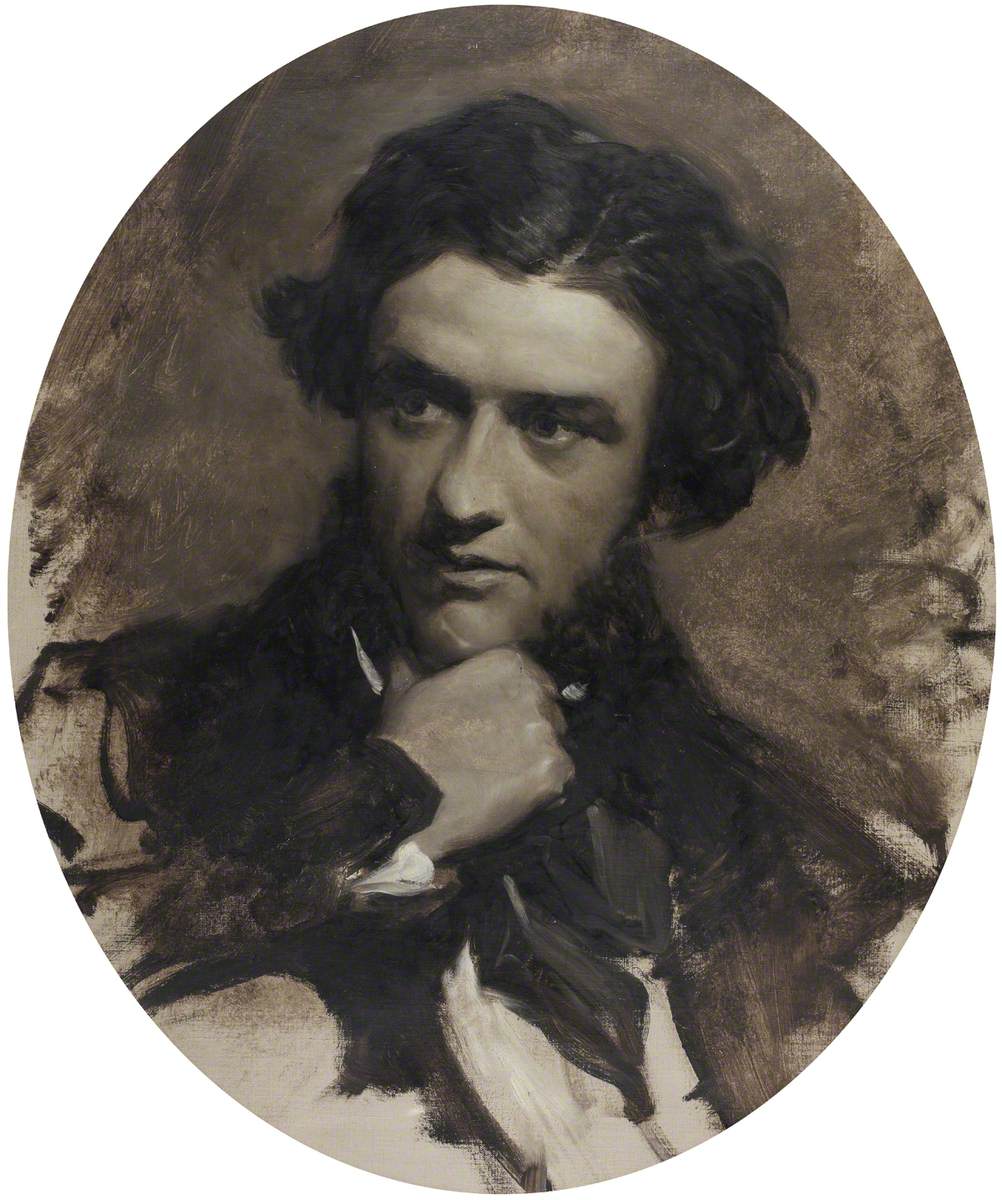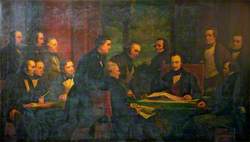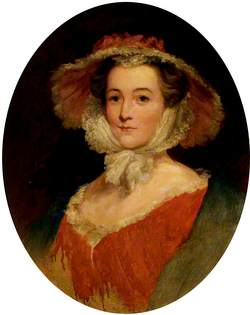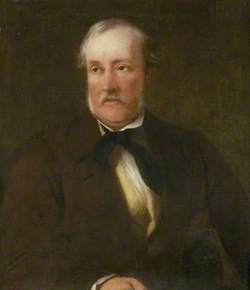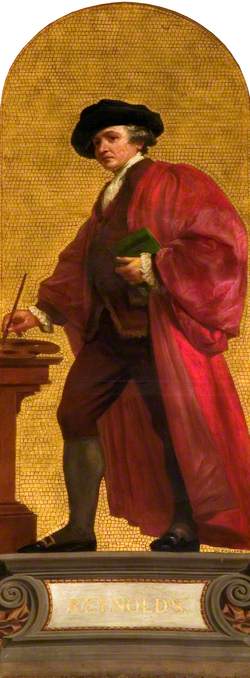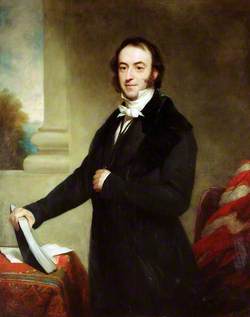How you can use this image
This image is available to be shared and re-used under the terms of the Creative Commons Attribution-NonCommercial-ShareAlike licence (CC BY-NC-SA).
This image can be reproduced in any way but your use of it cannot be for any kind of commercial purpose. Any work you create using this image must also be
Wherever you reproduce the image or an altered version of it, you must attribute the original creators (acknowledge the original artist(s), the person/organisation that took the photograph of the work) and any other stated rights holders.
Review our guidance pages which explain how you can reuse images, how to credit an image and how to find more images in the public domain or with a Creative Commons licence available.
DownloadNotes
Add or edit a note on this artwork that only you can see. You can find notes again by going to the ‘Notes’ section of your account.
Charles Newton joined the Museum in 1840 as an Assistant in the Department of Antiquities. He left in 1852 to become Vice-Consul at Mytilene, with the object of exploring the coasts and islands of Asia Minor. With funds supplied by Lord Stratford de Redcliffe, then British ambassador at Constantinople, in 1852–1853 he discovered inscriptions at the island of Calymnos and in 1856–1857 explored the remains of Halicarnassus, the site of the Mausoleum, one of the seven wonders of the ancient world. Newton rejoined the Museum as Keeper of the new Department of Greek and Roman Antiquities from 1861–1885. Newton’s excavations had greatly enriched the collections of the British Museum, and as keeper he added many important acquisitions from new excavations conducted by others, from old collections, and from the market.
Title
Sir Charles Newton (1816–1894), Keeper of Greek and Roman Antiquities (1861–1885)
Date
c.1850
Medium
oil on canvas
Measurements
H 59 x W 49 cm
Accession number
2012,5011.1
Acquisition method
bequeathed by Maud Mary Newton Frere, 1938
Work type
Painting
